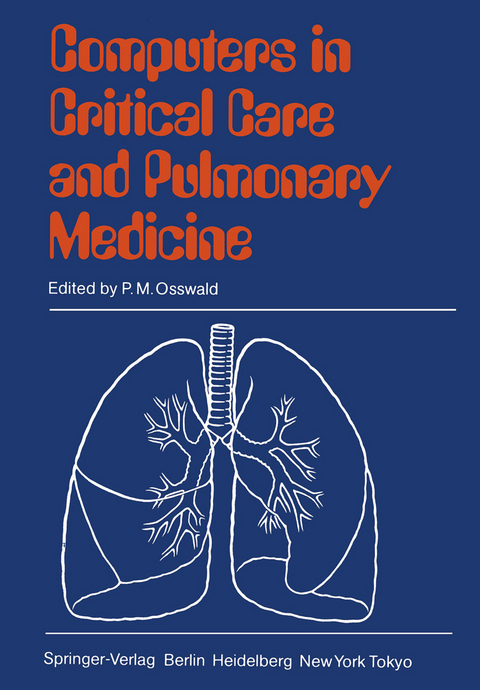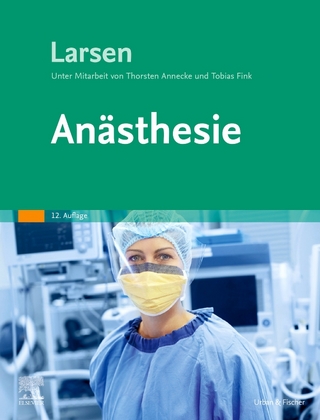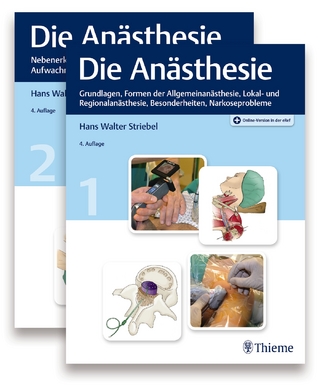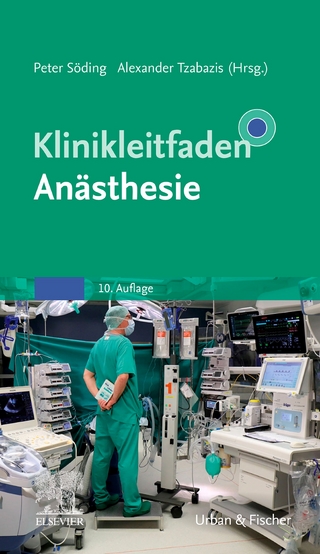Computers in Critical Care and Pulmonary Medicine
Springer Berlin (Verlag)
978-3-540-13840-2 (ISBN)
Application of Computer Systems in Critical Care.- On-line Cardiovascular Applications of Microcomputers in Intensive Care.- Organizing and Analyzing Clinical Information Using Table-Based, Graphics-Oriented, Interactive Computer Systems.- An Attempt to Solve the "Information Explosion" in an Intensive Care Ward.- Towards a Coherent Structure of the Anesthetist - Computer Interface.- Effect of Different Ventilation Patterns on the Intracranial Pressure in Neurologic Patients with Mechanical Ventilation.- Computer Applications in Pulmonary Function Testing.- The Assessment of Gas Exchange by Automated Analysis of O2 and CO2 Alveolar to Arterial Differences: 3 Years-Experience in Respiratory Clinical Physiology.- Computers in Experimental Pathophysiological Research.- Data Bases in Acute Medicine.- Computerized Clinical Records in the Neurosurgical ICU with Self-updating of Some Biological Data.- Organization and Analysis of Data from Patients with Trauma and Hemorrhage.- Computer Assisted ICU Monitoring.- Automatic Signal Analysis and Prediction in Intensive Medical Care.- Artifact Processing in a Computerized Intensive Care Unit.- Personal Computers for Gas Exchange Measurements in the ICU.- Integration of a New Computer HP 9816S in the Pulmonary Calculator System HP 47804S Advantages of Using the Screen for Graphic Presentation of Flow-Volume Curves.- Measurement of Oxygen Uptake with a New Method.- A Microcomputerassisted System for the Monitoring of Cardiorespiratory Variables in the Critically Ill.- Selective Lung Ventilation.- Automated Anesthetic Record Keeping.- Computer Aided Methods to Predict Perioperative Risks.- New Tasks for Medical Informatics?.- Artificial Intelligence: the Expert Systems Approach to Medical Consultation.- Expert ConsultationSystems in Medicine.- The Importance of Using a Computer to Provide Pediatric Anesthesia and Emergency Drug Information and Treatment Regimens in the Clinical Setting.- Computer Systems in Artificial Ventilations (New Techniques).- Series Dead Space Volume Assessed as the Mean Value of a Distribution Function.- Evaluation of Indices for Respiratory Mechanics from an Automated System.- Mathematical Modelling for Prediction of Optimal Ventilator Settings.- Indications for the Application of Closed Loop Systems in Perioperative Medicine.- Glucose-Insulin-Potassium Therapy Guided by a Glucose-Controlled Insulin Infusion System in Acute Myocardial Infarction.- Changes in Monitoring Methods Caused by the Use of Intelligent Bedside Equipment.- Automated Arrhythmia Detection in Intensive Care.- Monitoring Intracranial Pressure - Nuisance to, or Advantages for, Ward Personnel.- Computerized Neuromonitoring.- Computer-Assisted Monitoring of Intracranial Pressure in Stroke.- Microprocessor-Controlled Registration and Evaluation of Respiratory Pressure-Volume Diagrams in ICUs.- NAPROS - A semiautomatic and easy to use anaesthetic record system.- A Real Time Pattern Recognition Program for Continuous Processing of Cardiovascular Biosignals.- Microcomputer-Assisted ICP Monitoring in Neurological Patients.
| Erscheint lt. Verlag | 1.5.1985 |
|---|---|
| Mitarbeit |
Assistent: O. Prakash, H.-J. Hartung, H.J. Bender |
| Zusatzinfo | XV, 340 p. 49 illus. |
| Verlagsort | Berlin |
| Sprache | englisch |
| Maße | 170 x 244 mm |
| Gewicht | 599 g |
| Themenwelt | Medizin / Pharmazie ► Medizinische Fachgebiete ► Anästhesie |
| Medizin / Pharmazie ► Medizinische Fachgebiete ► Intensivmedizin | |
| Schlagworte | Atmen • Computers • Infusion • Intensivmedizin • Lungenerkrankung • Medicine • Neuromonitoring • Notfallmedizin • Pneumologie • Pneumologie / Lungenerkrankungen • Trauma |
| ISBN-10 | 3-540-13840-4 / 3540138404 |
| ISBN-13 | 978-3-540-13840-2 / 9783540138402 |
| Zustand | Neuware |
| Haben Sie eine Frage zum Produkt? |
aus dem Bereich




